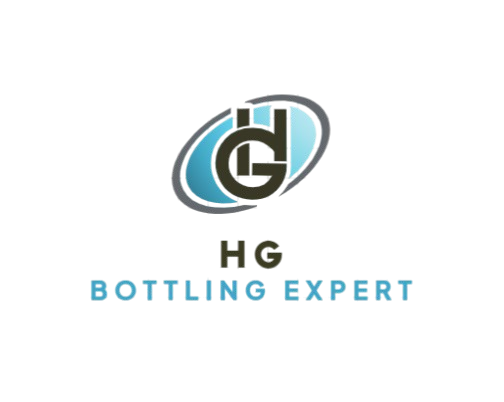HOW THE 5 GALLON BOTTLING PLANT PROCESSING

5 GALLON BOTTLING PLANT PROCESSING
A Step-by-Step Guide to the Bottled Water Production Process
As concerns over water quality continue to grow, bottled water has become a popular choice for families and businesses due to its convenience, safety, and high hygienic standards. In this article, we’ll walk you through the entire bottled water production process, from the source to the final product, revealing each stage of this high-standard manufacturing process.
1. Water Sourcing and Initial Purification
High-quality water sources are the foundation of producing premium bottled water. Most bottled water is sourced from groundwater, springs, or municipal supplies, and producers conduct rigorous water quality testing to ensure these sources meet health and purity standards.
Initial Purification Process
Once collected, the water goes through a series of purification steps to remove contaminants:
- Coarse Filtration: Removes larger particles and debris.
- Activated Carbon Filtration: Eliminates odors, colors, and organic impurities.
- Reverse Osmosis (RO) Filtration: RO membranes filter out dissolved solids, heavy metals, and other pollutants.
- Ultraviolet (UV) or Ozone Disinfection: Ensures the water is free from microorganisms.
Through these steps, the water achieves a high level of purity, meeting the required standards for safe bottling.
2. Bottle Washing and Sanitization
After purification, the next step is to wash and sanitize the bottles to ensure they’re safe for filling. Clean bottles are crucial to maintaining the purity of the final product. Most facilities use automated washing equipment for thorough and efficient cleaning.
The typical bottle washing process includes:
- Pre-Rinsing: Rinsing the bottles inside and out to remove surface dirt.
- Alkaline Wash: Using an alkaline solution to remove stubborn contaminants.
- Water Rinsing: Thoroughly rinsing away any residual cleaning solution.
- High-Temperature or Ozone Disinfection: Completely disinfecting bottles to eliminate any bacteria.
- Purified Water Rinsing: Finally, rinsing with purified water to guarantee cleanliness.
These steps ensure that each bottle meets stringent sanitation standards before moving to the filling stage.
3. Filling
The washed and sanitized bottles are then transferred to the filling station, which operates in a sterile environment to prevent any contamination. Bottling facilities often use advanced, automated equipment to maximize production efficiency and safety.
The filling process includes:
- Automated Filling: Purified water is precisely measured and filled into each sanitized bottle in a clean, controlled environment.
- Automated Capping: Bottles are immediately sealed to prevent exposure to contaminants.
- Date Coding and Labeling: Each bottle is marked with a production date, batch number, and label for tracking and quality assurance.
4. Quality Testing and Packaging
Before the bottled water is shipped to customers, it undergoes rigorous quality testing. Quality control includes testing for microbial levels, pH, and overall purity to ensure the product meets all regulatory and safety standards.
Once the bottles pass quality testing, they are packaged and boxed in batches, ready for storage and transportation.
5. Storage and Distribution
Finally, the bottled water is ready for distribution. Producers deliver these products to retail outlets, grocery stores, offices, and homes, ensuring fresh, safe drinking water is always available to consumers.